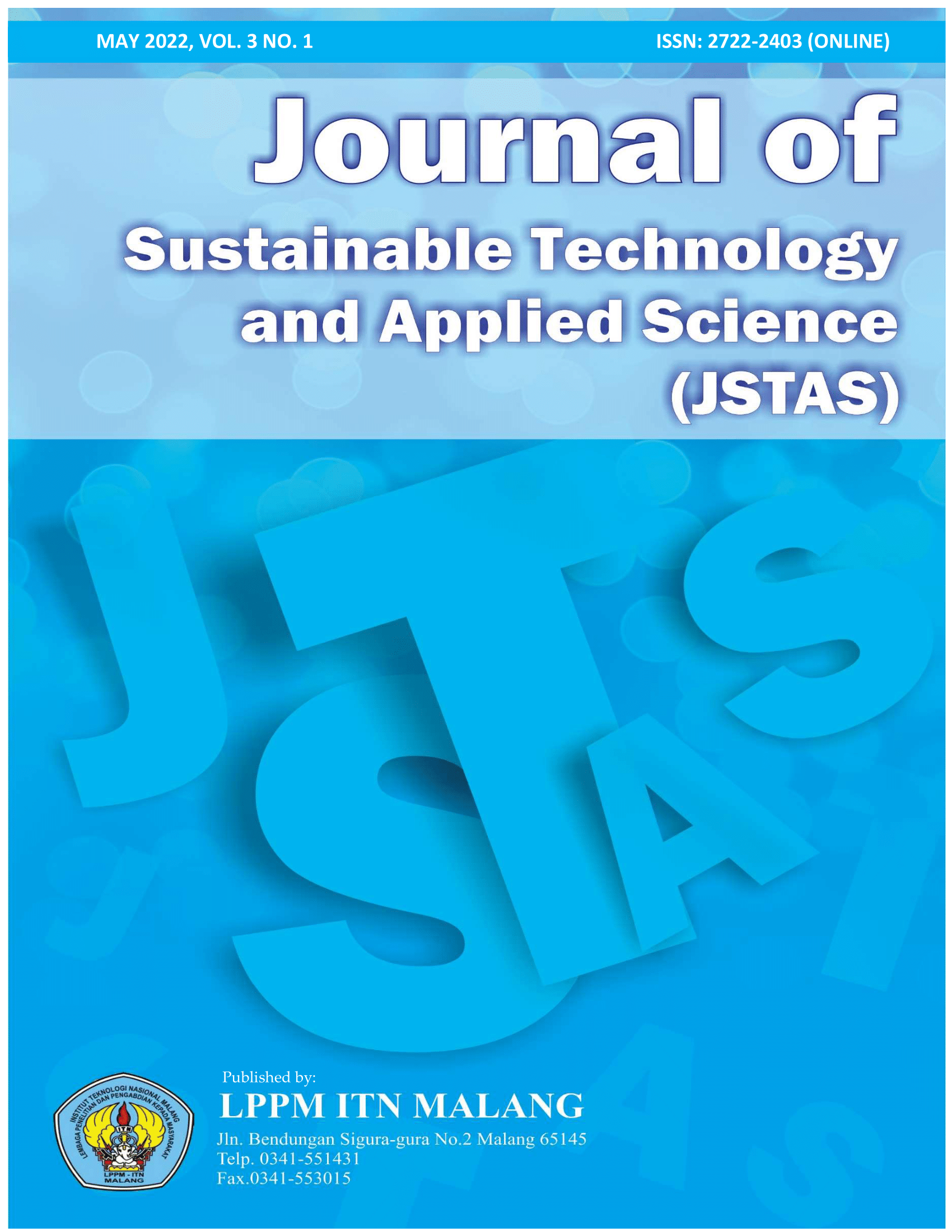UTILIZATION OF VEGETABLE WASTE AS AN ENVIRONMENTALLY FRIENDLY NATURAL DECOMPOSER
Abstract
Natural decomposers are a collection of various kinds of decomposing microorganisms in nature that can be used as bioactivators. Natural decomposers are often referred to as Natural Microorganisms (MOL). One of the materials that can be used as a source of microbes in decomposers is vegetable waste because vegetable waste is a good medium for the proliferation of decomposing microorganisms. Apart from being a source of organic matter, rotten vegetables can be a source of bacteria as a decomposer. The manufacturing process also requires carbohydrates in rice washing water and glucose in sugar which acts as a source of energy or nutrition for microorganisms. This study aims to determine the types of microbes contained in the vegetable waste decomposer and to obtain the correct composition of washing water for rice and sugar for the highest number of microbes in the MOL decomposer. The research was conducted with anaerobic fermentation process for 14 days. From the research results it can be concluded that a. The types of microbes contained in local microorganisms of vegetable waste are Bacillus Subtillus, Bacillus Cereus, Lactobacillus Acidophilus, Spirillum, Streptoverticillium, and Leuconostoc Mesenterousdes b. The composition of washing rice water and sugar is right for the results of the highest number of microbes in sample C1, namely 91 x 105 Colonies / 100 mL in MOL of vegetable waste is 650 mL of rice washing water and 100 grams of granulated sugar.












